You stand at the edge of darkness, peering into the depths of Earth where sunlight has never touched stone. Far beneath your feet lies a hidden world that challenges everything you thought you knew about life itself. In these forgotten realms, microscopic pioneers have carved out an existence so extraordinary that it redefines the very boundaries of biology.
While you’ve been living your surface-dwelling life, dependent on the sun’s energy, an entire universe of extremophile bacteria has been quietly thriving in conditions that would kill most known organisms. These remarkable microbes don’t just survive – they flourish, creating ecosystems that rival the complexity of tropical rainforests. Their discoveries are revolutionizing our understanding of life’s limits and opening new frontiers in medicine, biotechnology, and even the search for extraterrestrial life.
Chemosynthetic Pioneers Creating Life from Darkness
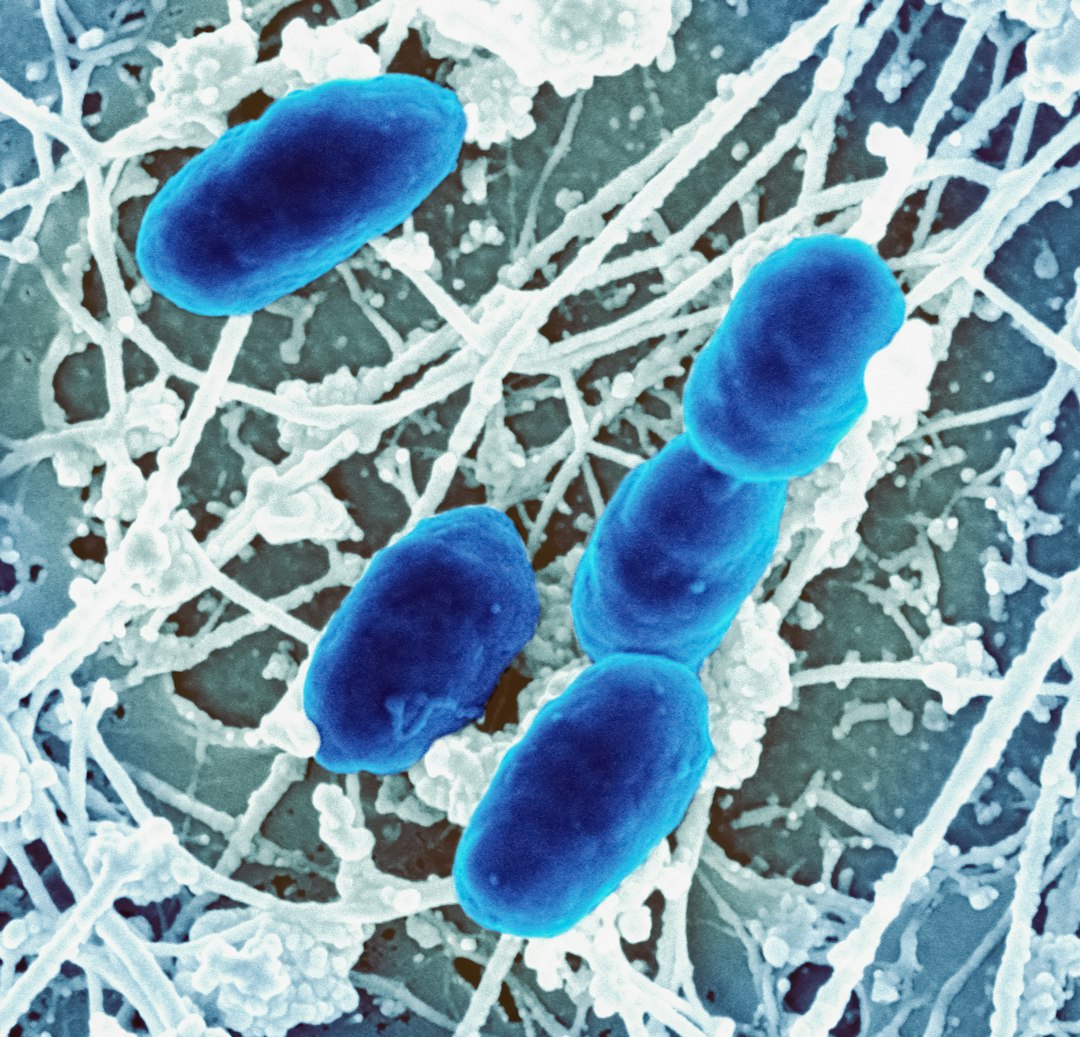
You’re looking at organisms that have mastered something your body never could: creating food from toxic gases and poisonous chemicals. Deep in caves like Romania’s Movile Cave, chemoautotrophic bacteria fix inorganic carbon using hydrogen sulfide as their primary energy source. Think of them as microscopic alchemists, transforming deadly hydrogen sulfide into the building blocks of life itself.
This chemosynthetic production forms the food base for 52 species of cave-adapted invertebrates, making it the only known terrestrial community that’s chemoautotrophically based. You’re witnessing evolution’s most creative solution to the ultimate energy crisis – surviving without any connection to the sun’s power. Scientists believe chemosynthesis may have been the first type of metabolism that evolved on Earth, paving the way for the cellular respiration and photosynthesis you depend on today.
Ancient Survivors Trapped in Crystal Time Capsules

Picture microbes that have been trapped inside giant crystals in Mexico’s caves for up to 50,000 years, enduring temperatures between 45° and 65° Celsius at depths of 100 to 400 meters below Earth’s surface. In the deepest chamber of Naica’s crystal caves, lying a half-mile below the surface in a place scientists nicknamed “Hell,” researchers have discovered organisms unlike anything else on Earth.
When scientists analyzed these microbes’ DNA, the genetic sequences weren’t a close match for any previously known organism, with even the closest relatives showing 10 percent difference in their detailed DNA coding. These ancient survivors include bacteria that are primarily sulfide users, sulfate reducers, iron oxidizers, and some that derive energy from manganese oxidation. You’re looking at living fossils that have been perfectly preserved in their crystal tombs.
Pressure-Resistant Colonies Defying Physical Laws
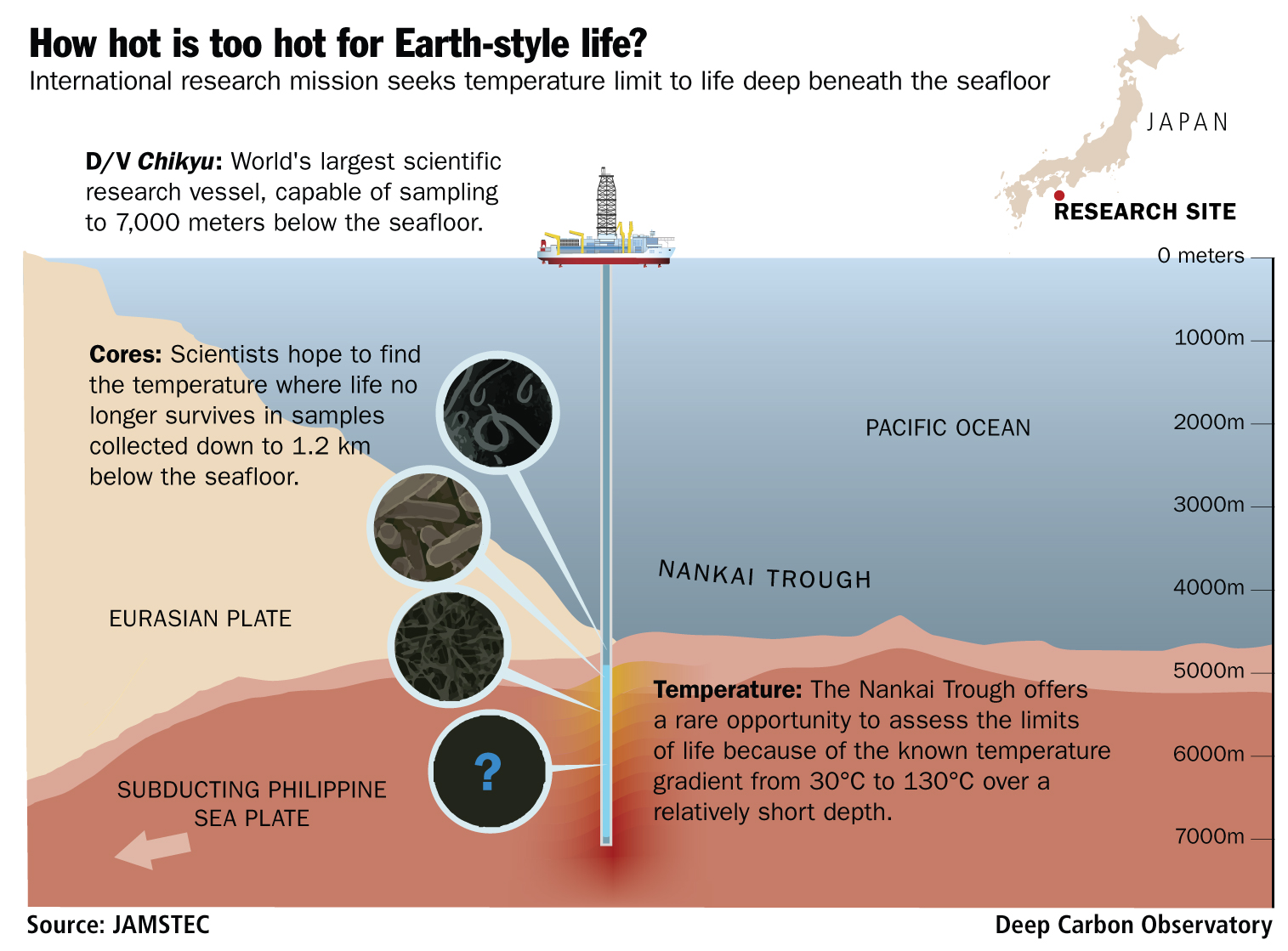
You’ll find microorganisms thriving inside rocks up to 1,900 feet below the sea floor under 8,500 feet of ocean off the northwestern United States coast. Expeditions have discovered microorganisms surviving in 120°C sediment that lies 1.2 kilometers below the seafloor in deep ocean trenches. Even in Finland’s Pyhäsalmi mine, one of Europe’s deepest mines, researchers found surprisingly high microbial diversity including bacteria, archaea, and fungi in deep, saline, high-pressure fluids more than 2 kilometers below ground.
These deep subsurface bacteria are classified as polyextremophiles, living as both thermophilic and piezophilic organisms, such as Thermococcus barophilus that thrives under extreme heat and pressure simultaneously. Deep subsurface bacteria commonly grow at depths between 50 to 500 meters below Earth’s surface. According to researchers, “You can find microbes everywhere – they’re extremely adaptable to conditions, and survive wherever they are”.
The Snottite Phenomenon: Acidic Biofilm Architects

You’re confronting one of nature’s most disgusting yet fascinating creations: snottite, a microbial mat of extremophilic bacteria that hangs from cave walls and ceilings like small stalactites but has the consistency of nasal mucus. In Italy’s Frasassi Caves, many cells in these formations are identified as Acidithiobacillus thiooxidans. These bacteria derive energy from chemosynthesis of volcanic sulfur compounds, producing sulfuric acid waste products that are highly acidic, approaching pH=0 with properties similar to battery acid.
Researchers suggest this sulfuric acid may be more significant in cave formation than the usual carbonic acid explanation. You’re watching living architects reshape Earth’s underground landscapes through their metabolic processes. These rare terrestrial ecosystems sustained by chemoautotrophy are found within sulfide-rich cave complexes, creating environments that challenge our understanding of life’s limits.
Radiation and Heavy Metal Tolerance Champions
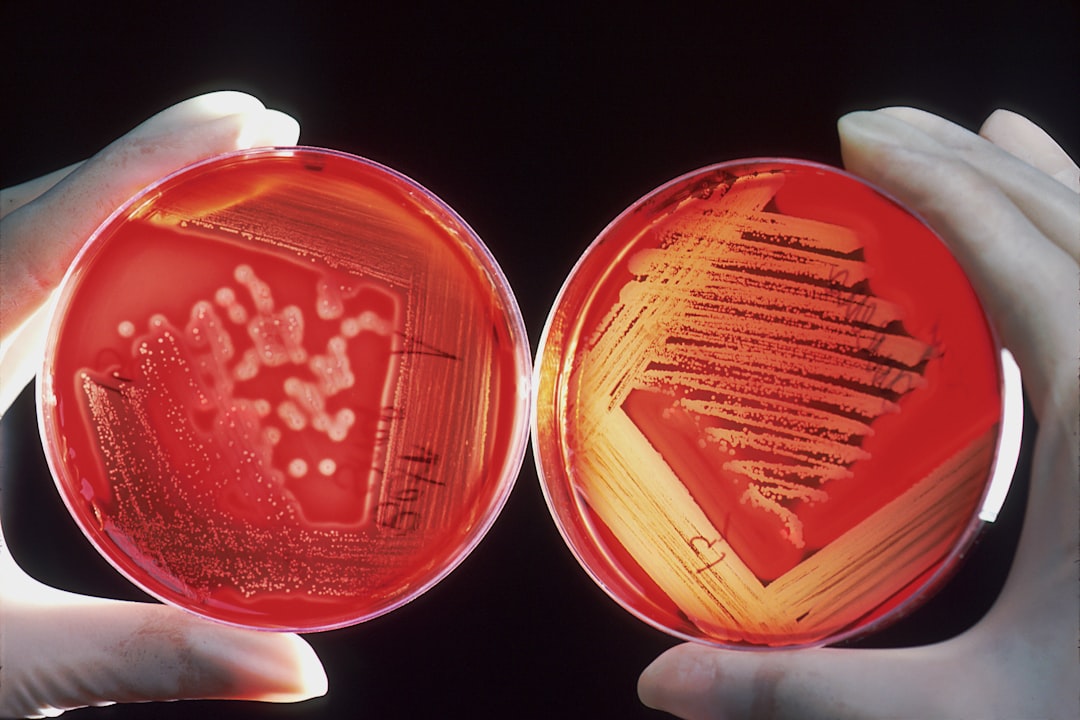
Scientists have discovered that endospores from certain Bacillus bacteria species can survive extreme temperatures, with some reportedly surviving several hundred degrees Celsius under specific laboratory conditions. In Poland’s Lubin copper mine, microorganisms exposed to high levels of heavy metals employ diverse resistance strategies, with researchers isolating bacteria containing several plasmids and broad-host-range transposons carrying various heavy metal resistance markers.
Some of the most remarkable discoveries come from bacteria found 305 meters underground in New Mexico’s Lechuguilla Cave, where ancient, drug-resistant bacteria may also contain ingredients for new antibiotics. Studies show that bacteria from Earth, particularly Deinococcus radiodurans, demonstrated remarkable survival in space-based experiments conducted on platforms like the International Space Station. You’re looking at organisms that could potentially survive conditions found on other planets.
Bioluminescent Beacons in Eternal Darkness
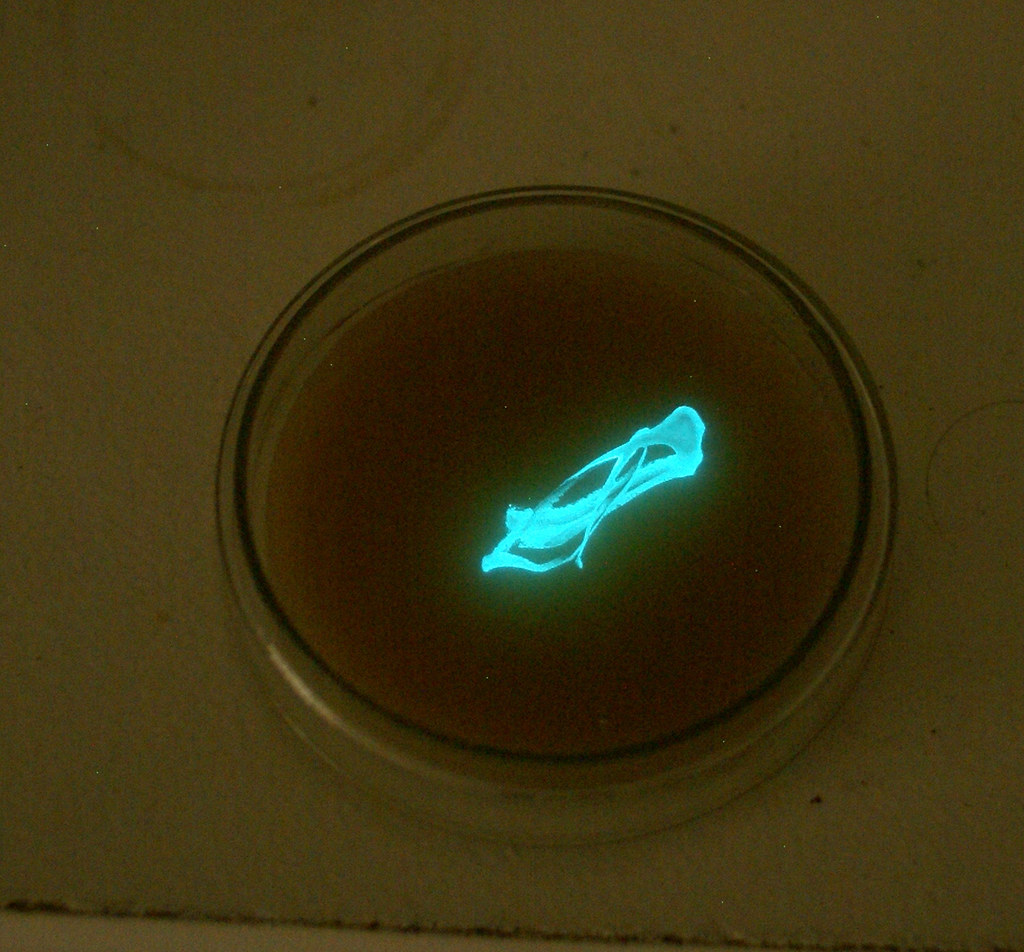
Bioluminescent bacteria in deep ocean environments appear more active than their non-luminescent counterparts, suggesting an ecological benefit that favors interaction with macro-organisms. The physiological role of bacterial bioluminescence involves protection against oxidative and UV stresses, though it remains unclear if bioluminescence contributes to deep-sea bacterial adaptation to high hydrostatic pressure.
Research suggests that bioluminescence functions as a primary antioxidant system, contributing to bacterial adaptation to deep-sea environments by coping with oxidative stress generated from high hydrostatic pressure. Over 30 species of marine and terrestrial bioluminescent bacteria have been described, belonging to genera including Aliivibrio, Photobacterium, Vibrio, Shewanella, and Photorhabdus. You’re witnessing nature’s solution to surviving in crushing darkness through self-generated light.
Antibiotic-Resistant Ancient Lineages
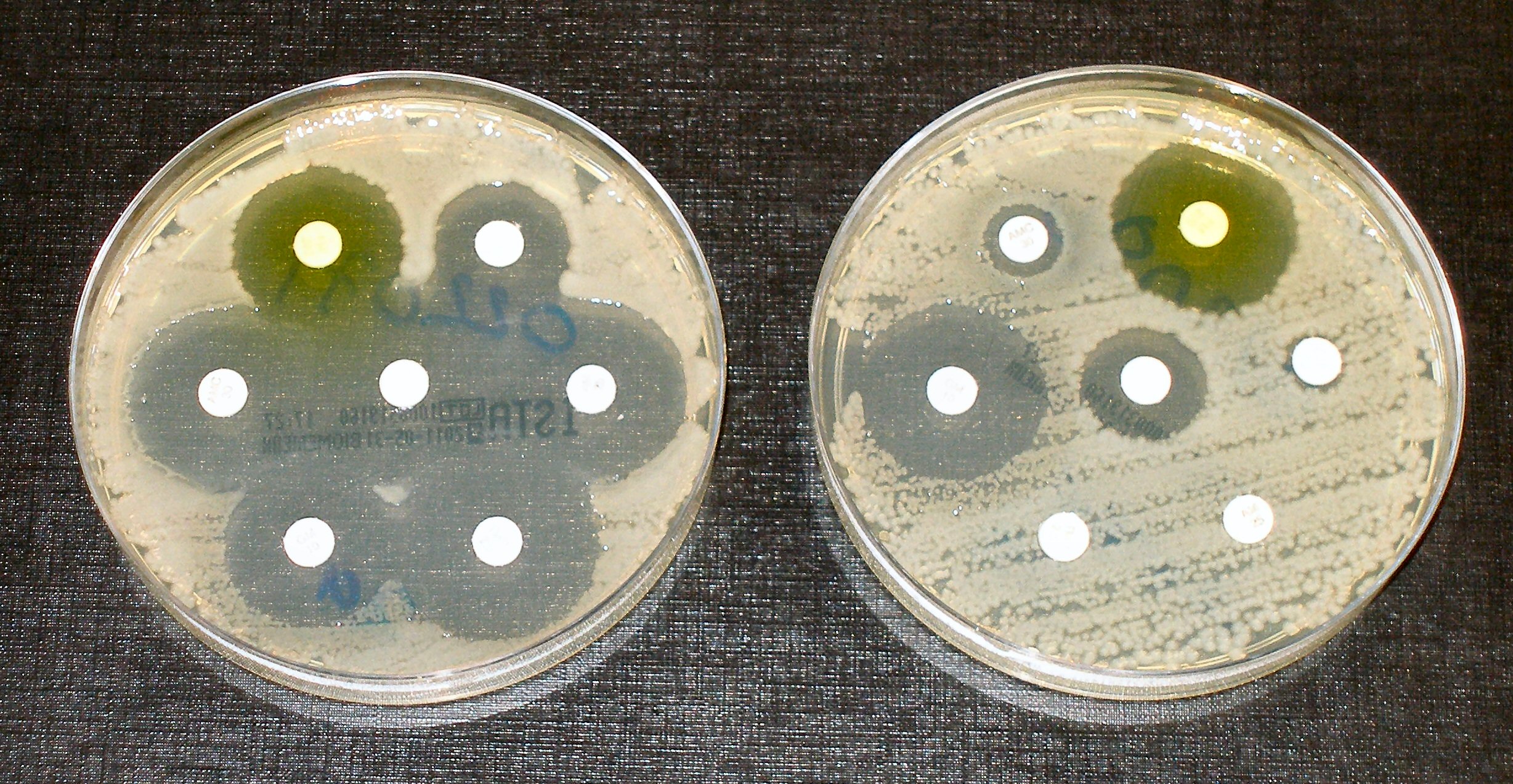
One particularly resistant strain, Paenibacillus sp. LC231, proved non-pathogenic yet withstood 26 out of 40 tested antibiotics, with its resistance profile closely matching surface-dwelling bacteria, reinforcing the idea that antibiotic resistance evolved long before modern antibiotic use. These hardy bacterial strains don’t currently make humans sick, but if they evolve to become pathogenic, their discovery highlights that “antibiotic use and resistance go hand-in-hand”.
Since 2014, bacterial isolates from caves have been investigated for bioactivity against methicillin-resistant Staphylococcus aureus and E. coli, with microbial communities in caves demonstrating in vitro antibacterial activity against such bacterial pathogens. In the last decade, exploration of natural products from subterranean environments has significantly advanced understanding of subterranean microbiota, with researchers discovering diverse natural products from cave- and mine-dwelling bacteria and fungi between 2014-2024. You’re looking at potential sources for tomorrow’s life-saving medicines.
Symbiotic Partnerships with Cave Wildlife

In Italy’s sulfide-rich Frasassi limestone cave complex, scientists have reported the discovery of abundant filamentous bacteria on the exoskeleton of cave-dwelling amphipods. The chemolithoautotrophic bacteria found in caves utilize sulfur from bedrock to fuel their life cycles and possibly support higher-order crustaceans like crayfish, isopods, and amphipods. In these nutrient-poor habitats, bacteria fix CO2 into organic matter via oxidation of reduced inorganic compounds such as iron, sulfur, and manganese, providing a source of organic matter that fuels growth at higher trophic levels.
Movile Cave hosts one of the world’s most diverse subsurface invertebrate communities with 52 invertebrate species, of which 37 are endemic, making it the first known chemosynthesis-based groundwater ecosystem. The food web structure shows how organisms find ways to survive and thrive in ecosystems that don’t depend on sun-derived energy, with food produced in situ using natural energy sources like hydrogen sulfide, methane, and ammonium from deep subterranean aquifers.
Deep Earth Ecosystem Architects
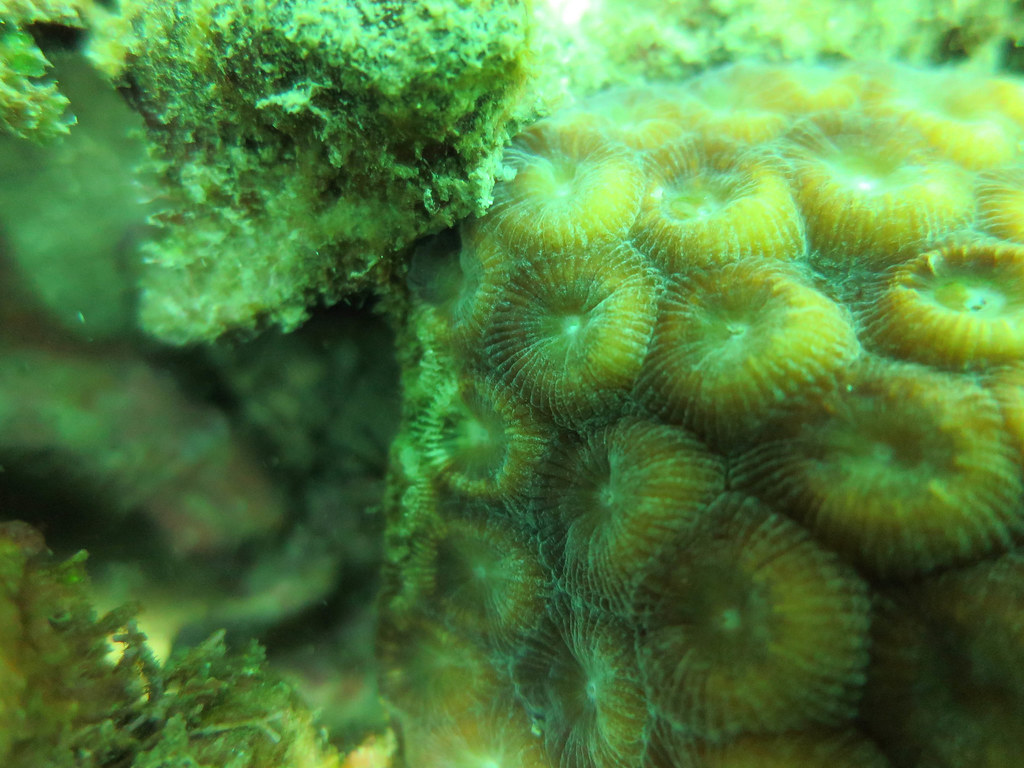
Scientists studying microbes thriving in darkness – in gold mines, aquifers, and deep boreholes in the seafloor – have revealed astonishingly high microbial diversity in some subsurface environments, pointing to vast, untapped subsurface reservoirs for bioprospecting new compounds and medicinals. Research shows that in some subsurface environments, diversity can easily rival, if not exceed, surface diversity, particularly in marine environments and for microbes in the Archaea domain.
Endoliths have been found across environments from Earth’s surface to miles beneath the subsurface, with thousands of known species including members from Bacteria, Archaea, and Fungi, many of which are autotrophs that make their own organic compounds by utilizing gas or dissolved nutrients from water moving through fractured rock. Deep subsurface microbial communities are extraordinarily diverse, spanning all domains of life. You’re discovering that Earth’s interior teems with as much biological diversity as its surface.
Implications for Astrobiology and Extraterrestrial Life
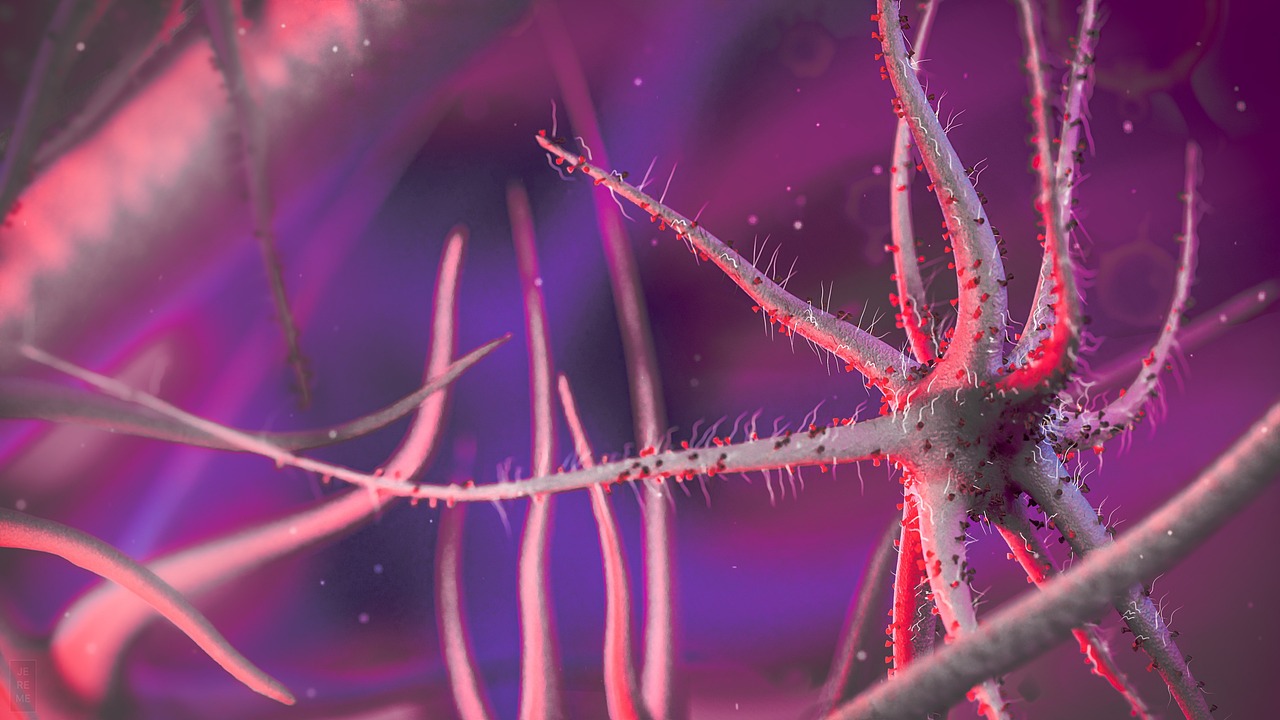
Extremophiles, or microbes that live in the most seemingly hostile environments, are the darlings of astrobiologists who study the potential for life beyond Earth. Scientists studying Wind Cave note it’s “completely isolated from the surface, and that is what makes it a good analog for Jupiter’s moon Europa,” because “you’ve got an icy moon with a shell, there’s no communication with the outside”. Scientists hypothesize that anaerobic chemosynthesis may support life below the surface of Mars, Jupiter’s moon Europa, and other planets.
Astrobiologists study extremophiles to map the limits of life on Earth to potential extraterrestrial environments, such as analogous deserts in Antarctica that are exposed to harmful UV radiation, low temperature, high salt concentration and low mineral concentration similar to conditions on Mars. As one researcher noted, “If you took some of these organisms from Earth and put them elsewhere, they may do just fine,” though this raises concerns about contaminating other worlds with Earth-based life. You’re studying organisms that could be Earth’s ambassadors to alien worlds.
Revolutionary Medical and Biotechnological Applications
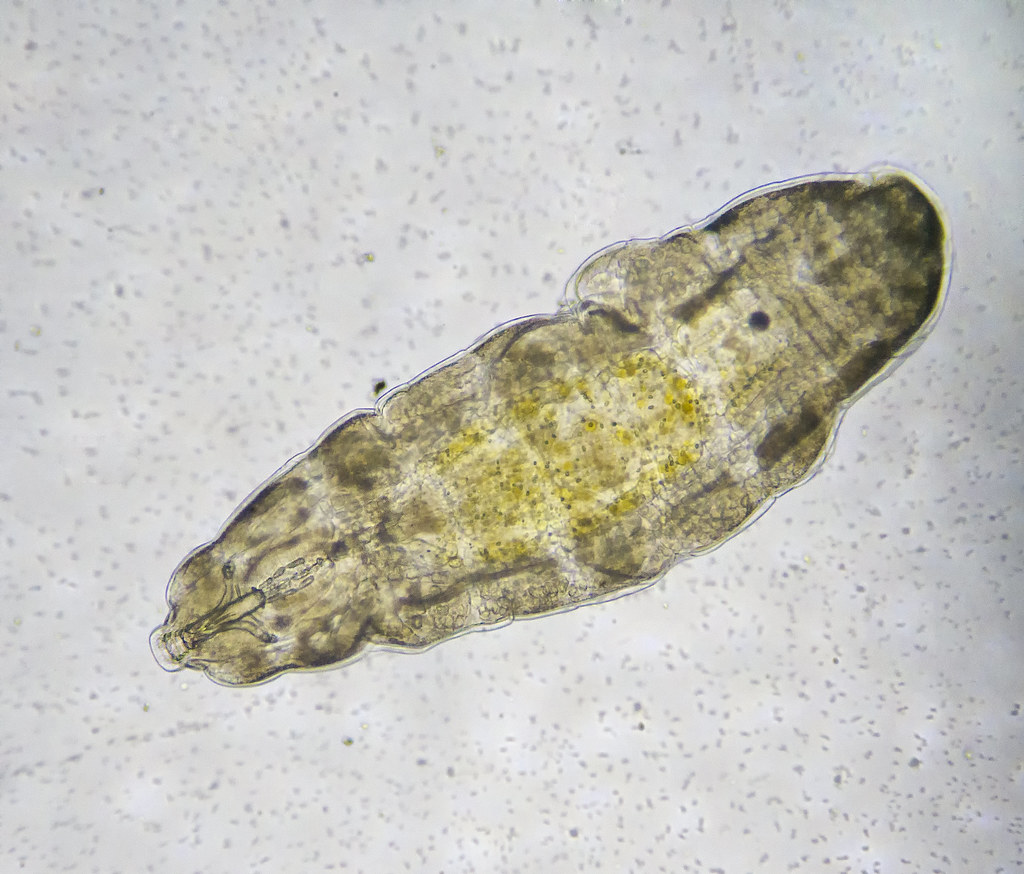
Scientists hope to repeat the success story of isolating PCR-enzyme Taq polymerase, which transformed molecular biology, from heat-loving extremophiles by finding similar breakthroughs in cave microorganisms. Researchers note that other types of extremophiles have been harnessed to produce new antibacterial drugs or cancer-fighting chemicals, though it’s not yet known whether cave microbes could serve similar purposes. Recent studies show purified compounds from cave microorganisms have IC50 values in the micromolar or high nanomolar ranges, with compounds like hypogeamicins showing cytotoxic activity against colon cancer cells.
Endoliths may have environmental benefits including bioremediation of contaminated sites and mines, improvement of groundwater quality by converting harmful compounds into non-toxic waste products, and potential responsibility for biomineralization of economically important ores. Scientists have discovered new phyla of microbes in Earth’s deep soil that consume remaining pollutants as groundwater passes through their habitat, becoming part of our drinking water purification system. You’re looking at microscopic janitors that could clean up humanity’s environmental mistakes.
These microscopic marvels living represent more than scientific curiosities. They’re rewriting the rulebook of life itself, showing us that the boundaries we once thought absolute are merely suggestions. From producing life-saving medicines to cleaning polluted water, from surviving in space to potentially existing on distant worlds, these extremophile bacteria are expanding our understanding of what’s possible.
The next time you walk past a cave entrance or peer into a dark crevice in the rock, remember that you’re standing above one of the planet’s most extraordinary frontiers. In those depths, ancient bacteria continue their billion-year experiment in survival, quietly pushing the limits of biology while offering solutions to some of humanity’s greatest challenges. What other secrets might they be hiding in the darkness below?




